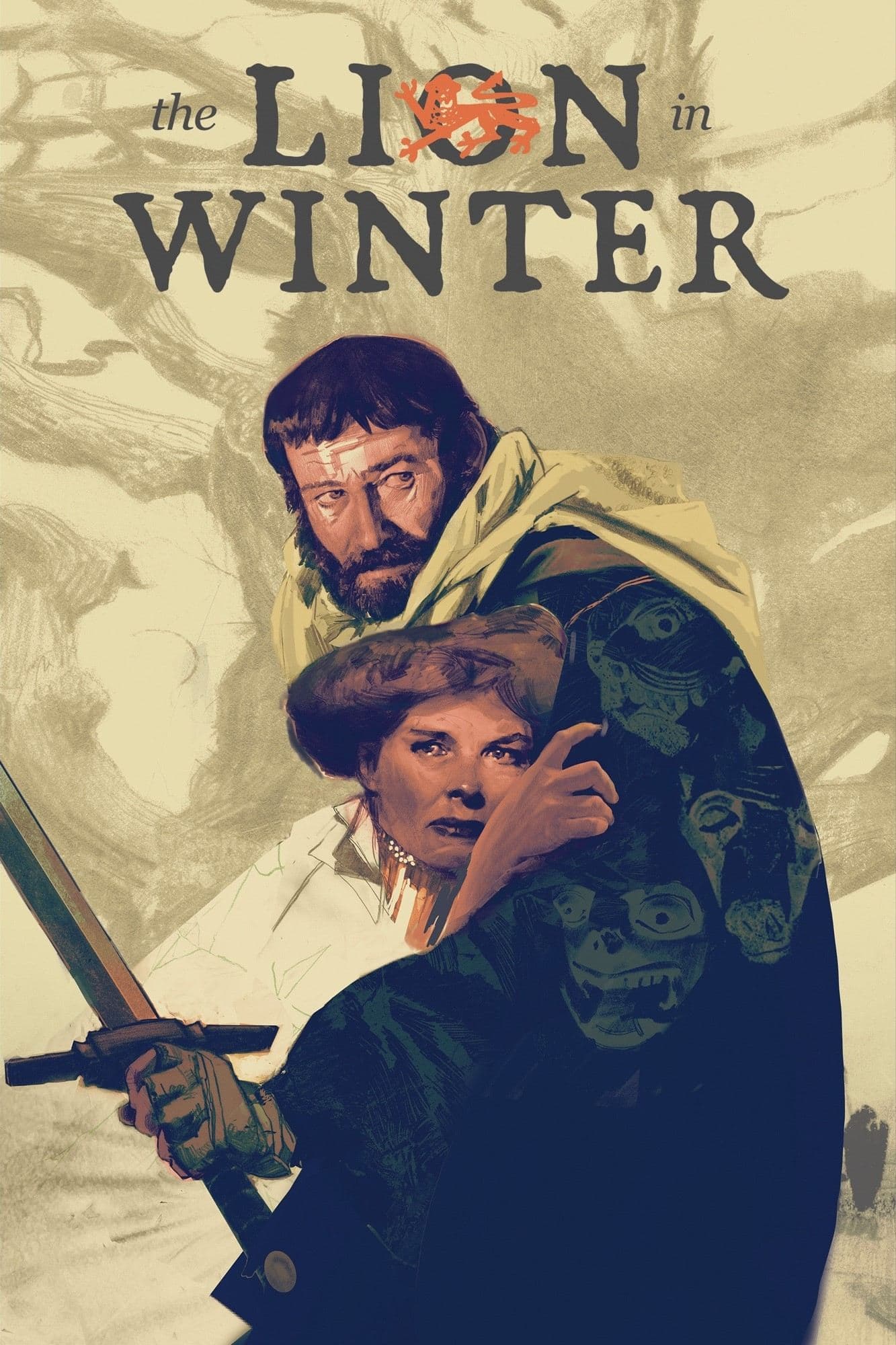
The Lion in Winter
1968
Rate this movie
Average: 4.00 / 5
(1 votes)
Director
A vivid historical insight, ennobled by a script entirely devoted to its theatrical inspiration (a play by Goldman, who also handled the film adaptation through a calibrated screenplay). James Goldman, in distilling his text for the screen, did not limit himself to a slavish transposition, but knew how to enhance the intrinsic strength of the dialogue, transforming every exchange into a sharp thrust, every line into a poisoned arrow. It is a macabre dance of words, where silence is only a brief respite before the next assault. This approach is what elevates "The Lion in Winter" far beyond simple historical reconstruction, infusing it with an intrinsic theatricality that never feels forced, but rather as the natural expression of gigantic characters, confined within the walls of an aristocratic family prison.
Anthony Harvey, a truly unprolific director whose artistic climax was reached precisely in this work, directs with devotion and has the undeniable merit of allowing the powerful human emotions to shine through, arising from court intrigues and the war for the Crown. His direction, while respecting the chamber-play nature of the work, is anything but static. Harvey uses incisive close-ups to capture the shifting expressions of the protagonists, gazes that conceal secrets and promises of revenge, and camera movements that amplify the claustrophobic tension of the situation. The film thus becomes a kind of "Fight Club" ante litteram for the mind and soul, where punches are replaced by scathing pronouncements and wounds are inflicted with the surgical precision of biting sarcasm. Harvey manages to transform a single, sumptuous location – the Château de Chinon – into a psychological battlefield, where every corner, every shadow, every detail of the lavish furnishings contributes to highlighting the gilded cage and the relentless pressure weighing on these royals. It’s a directorial tour de force that belies its author's limited filmography, demonstrating a surprising narrative mastery.
The film's action, setting, and time are focused on a single location: a meeting between Henry Plantagenet, King of England known as Henry II, his wife Eleanor, and later their three sons, heirs to the throne. The meeting takes place in a French location and is meant to establish once and for all the name of the successor to the throne. This Christmas of 1183 becomes the stage for a Shakespearean work of ambition and disillusionment, a microcosm reflecting the greater struggles for power and survival. The choice to concentrate the entire drama within such a short span of time and in a single location amplifies the intensity of the confrontation, forcing the viewer to fully immerse themselves in the perverse dynamics of this dysfunctional royal family. It's a medieval "Who's Afraid of Virginia Woolf?", with not only marriage and psyche at stake, but entire crowns and kingdoms.
In this critical juncture, furious passions and intrigues for the coveted throne are unleashed. But it's not just the throne at stake; it's also love, hatred, forgiveness, and revenge among individuals who, despite belonging to the highest lineage, are irrevocably bound by ties of blood and a past of mutual betrayals. The brilliance of the script lies precisely in its ability to universalize these conflicts, transcending the historical context to speak of eternal family dynamics: the favored son against the rebellious son, the manipulative mother, the father trying to maintain control over ungovernable offspring. The film is a masterful lesson on how power corrupts and how love, even the deepest, can be contaminated by the desire for domination.
The characterizations and particularly Peter O'Toole's performance in the role of the despotic Monarch are splendid. O'Toole, who had already grazed perfection with his Lawrence, here embodies a monumental Henry II, a roaring and wounded lion, capable of holding his own against anyone, but inexorably tormented by his own lineage. His Henry is a philosopher king, a violent father, a husband still in love despite the long years of imprisonment inflicted upon his wife. Beside him, a Katharine Hepburn in a state of grace, who portrays Eleanor of Aquitaine not as a rigid historical figure, but as a woman of extraordinary intelligence, wit, and resilience, whose physical imprisonment has not affected her mental freedom. Their duet is a symphony of acting, a ballet of threats and broken promises rarely seen on the big screen. The chemistry between O'Toole and Hepburn is palpable, a mixture of professional respect and a certain, almost tangible, animosity that fuels every scene with an electrical spark. It is the portrayal of a love-hate relationship that transcends politics and becomes a profound analysis of human connection.
Also noteworthy is the cinematic debut of Anthony Hopkins, who plays Richard the Lionheart with youthful fervor and a stage presence that already foreshadows future greatness, alongside Timothy Dalton, also making his debut, as the younger Philip II of France, a boy-king who deftly maneuvers among giants. The supporting cast is no less impressive, with John Castle and Nigel Terry completing the trio of brothers, each in their own way a pawn in the dynastic chess game. Harvey's direction manages to give space to each character, making them all credible and complex, no mere historical caricatures.
A work of such devastating dialectical force that it encountered difficulty being understood by a certain segment of critics, too tied to manneristic constraints to grasp its disruptive legacy. This criticism, perhaps accustomed to more linear and didactic historical dramas, or historicized melodramas, failed to grasp the modernity of Goldman's language and the psychological audacity with which the film delved into the darkest folds of the human soul. "The Lion in Winter" is not a historical fresco in the traditional sense of the term; it does not concern itself with recreating epic battles or lavish processions. Its battle takes place in the minds and mouths of the characters, in a verbal war that is infinitely more compelling and brutal than any pitched battle. It is a film that, by positioning itself as a high-tension chamber drama, breaks with the conventions of historical epic to offer an intimate and painfully true portrait of a royal family which is at once a universal metaphor for power, ambition, and the complex, often destructive, nature of love. A timeless classic, whose resonance shows no sign of diminishing.
Genres
Country
Gallery
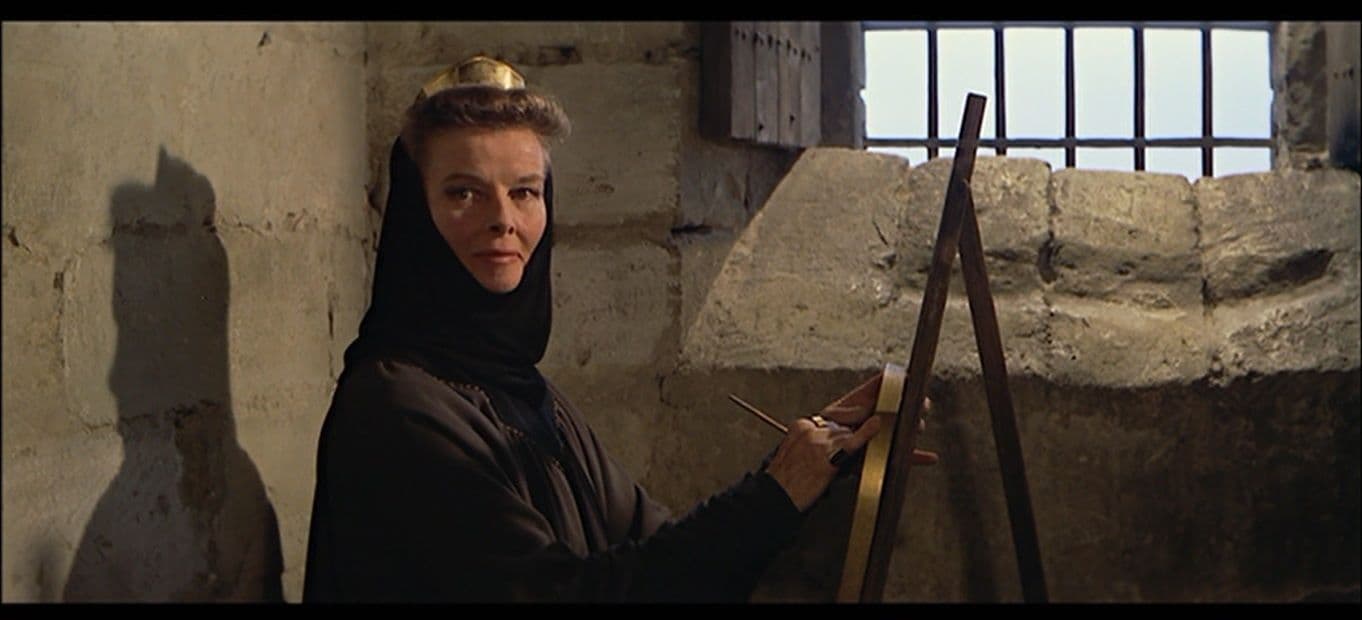
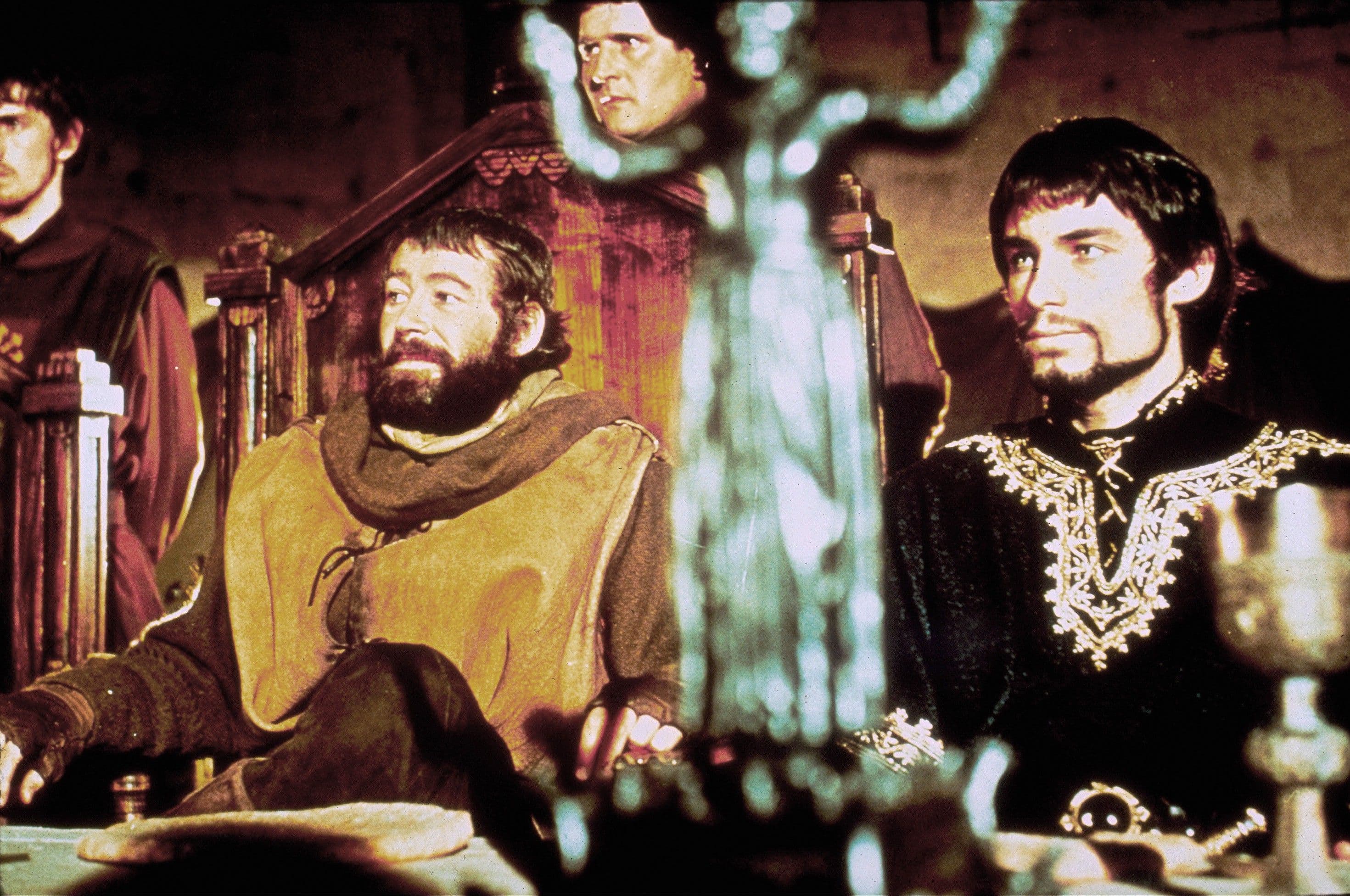
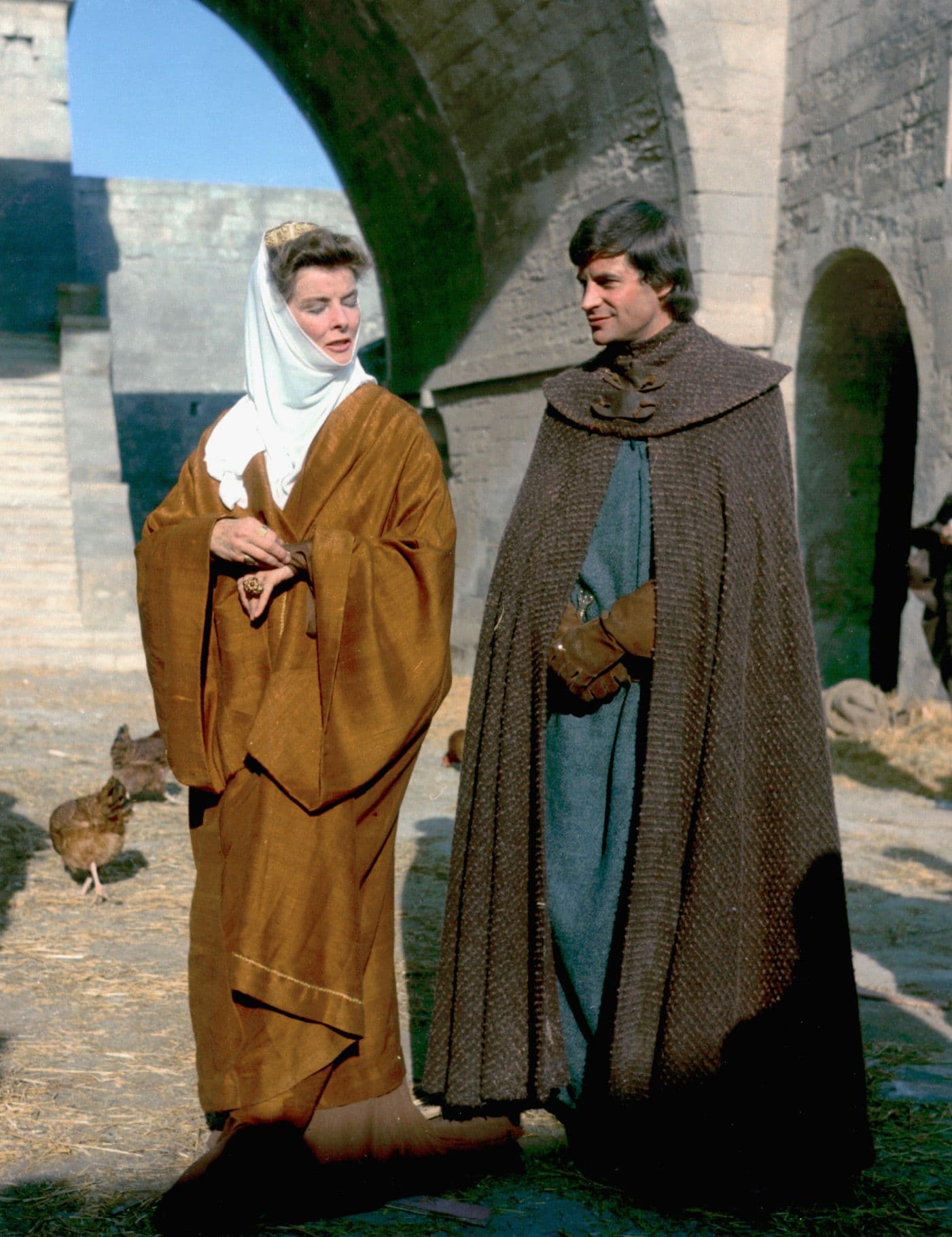
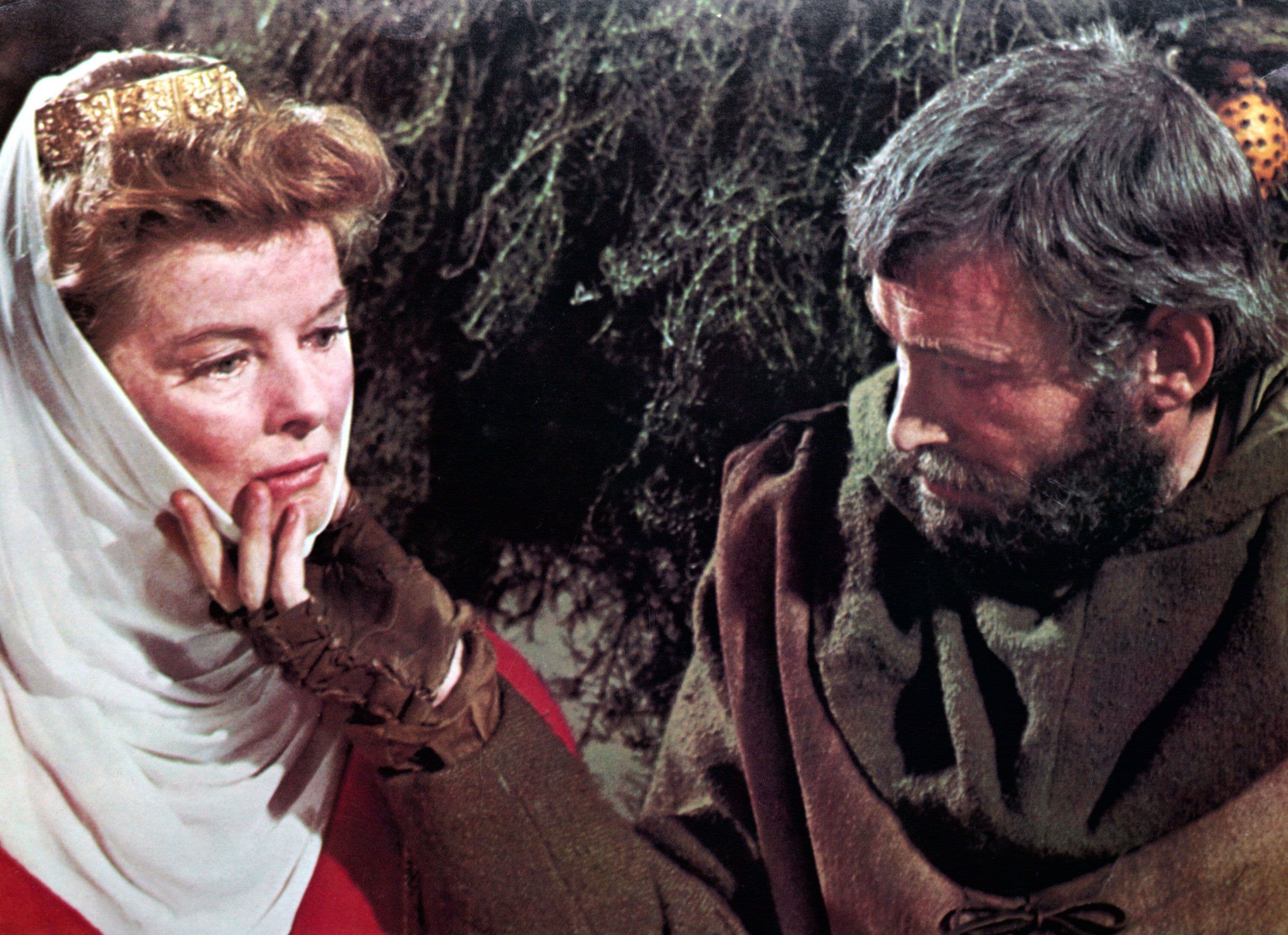
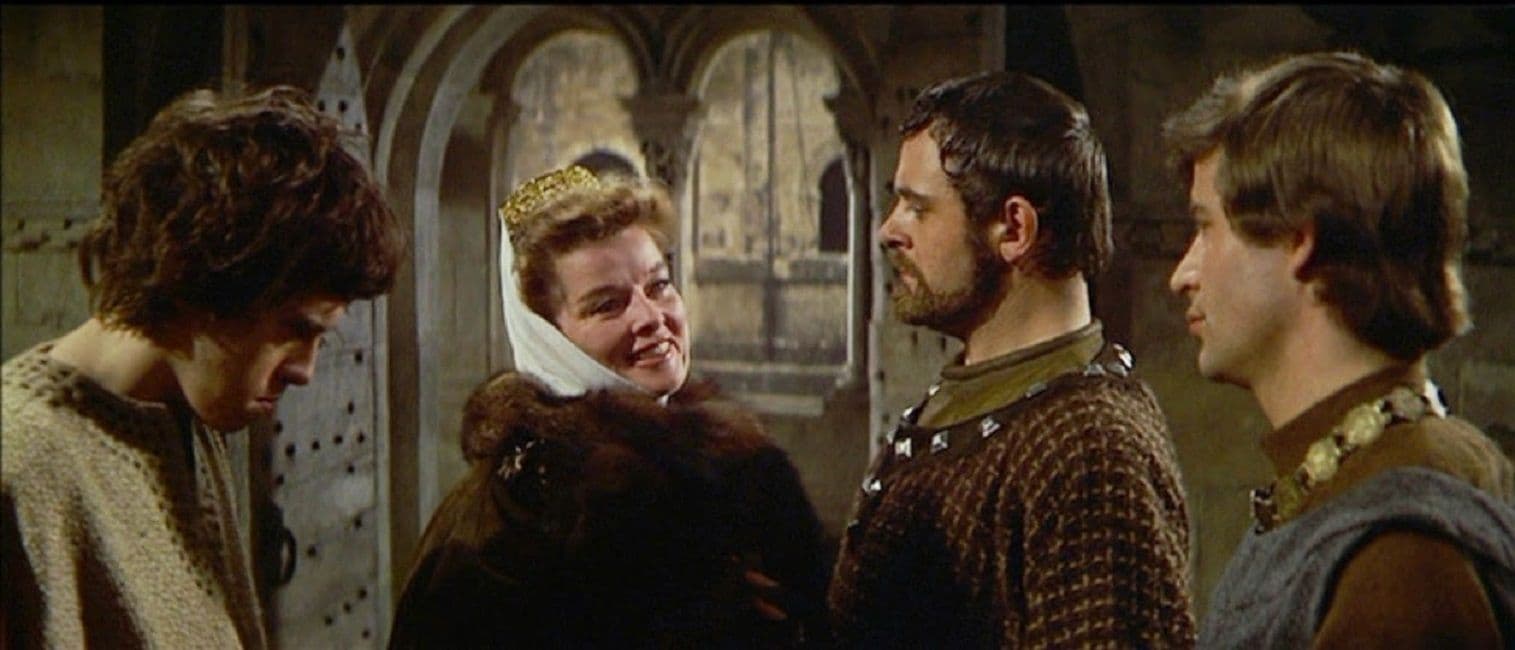
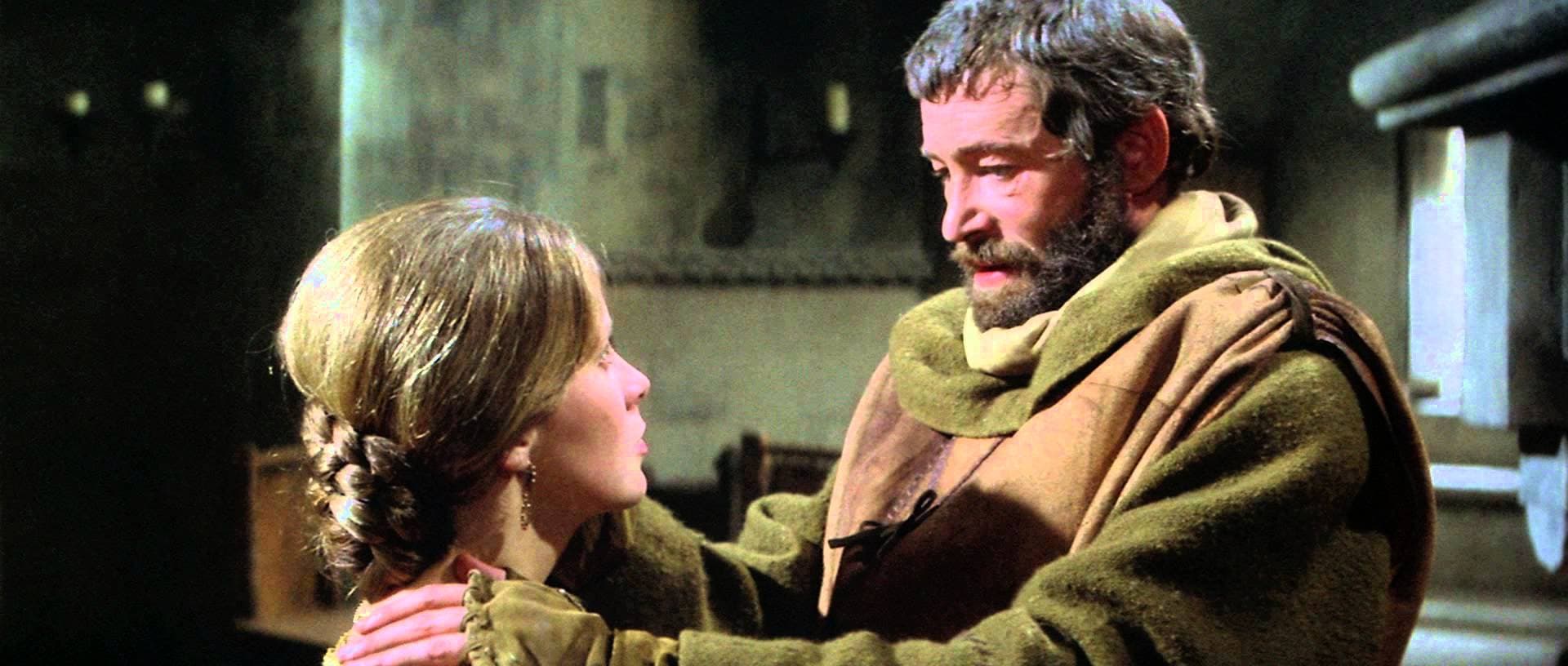
Featured Videos
Official Trailer
Comments
Loading comments...